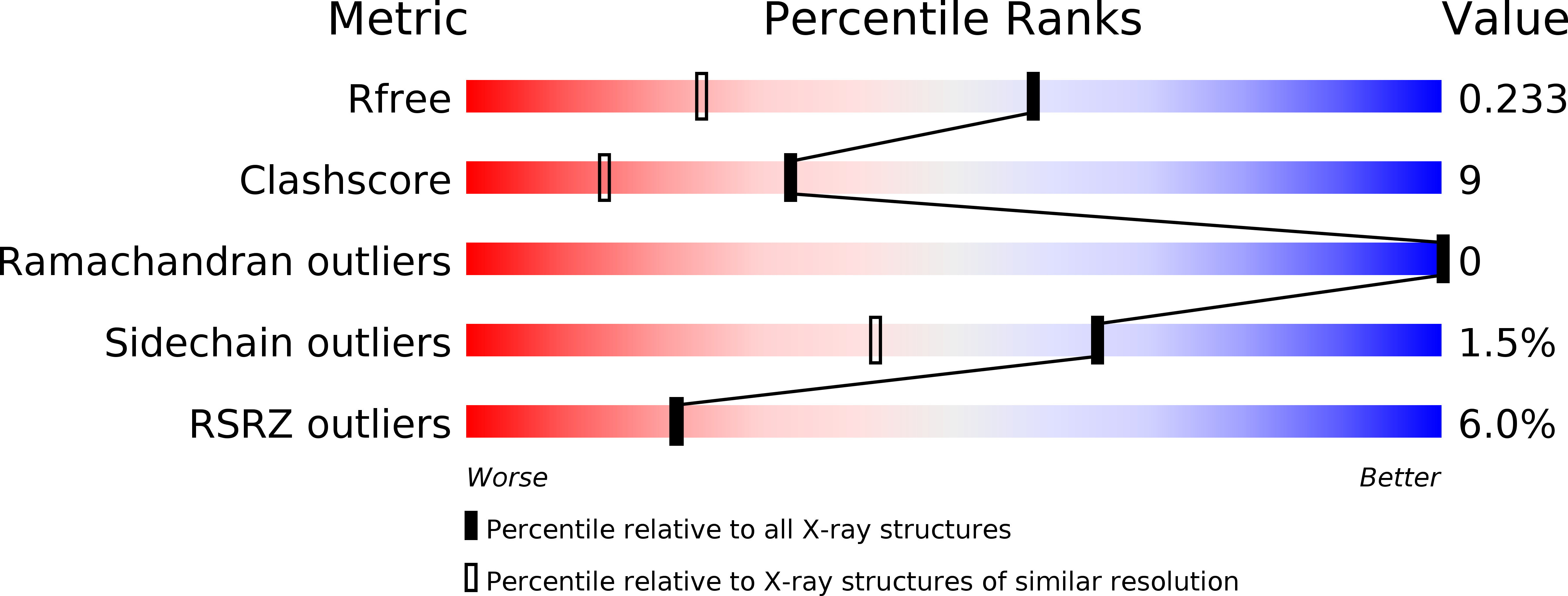
Deposition Date
2007-09-19
Release Date
2008-08-05
Last Version Date
2024-10-30
Entry Detail
PDB ID:
2RCA
Keywords:
Title:
Crystal structure of the NR3B ligand binding core complex with glycine at 1.58 Angstrom resolution
Biological Source:
Source Organism:
Rattus norvegicus (Taxon ID: )
Host Organism:
Method Details:
Experimental Method:
Resolution:
1.58 Å
R-Value Free:
0.23
R-Value Work:
0.19
R-Value Observed:
0.19
Space Group:
P 21 21 21


